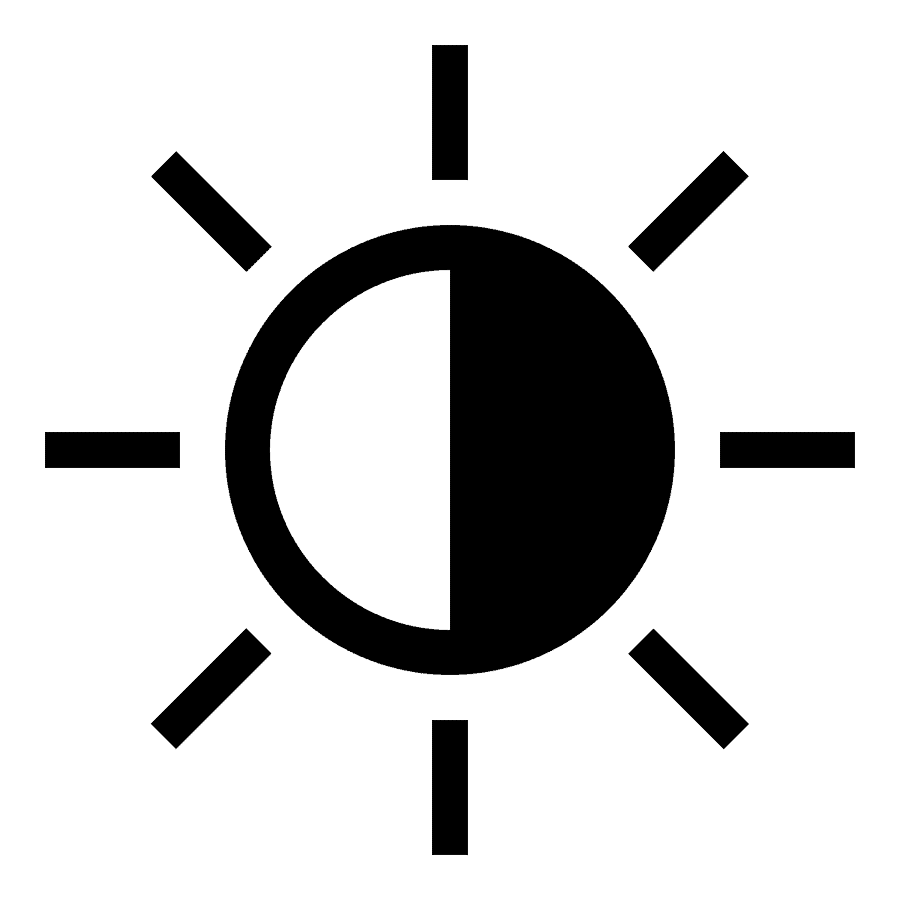Large Leaf Tamarind
Diploglottis australis
Large Leaf Tamarind is a slender, palm-like gully tree that bears sweet, tart fruits prolifically each season. It occurs naturally in temperate and sub-tropical regions along the east coast of Australia.
Creamy brown flowers form in Spring, maturing from October to January. The fleshy yellow-orange fruit is sour to taste, but like the Asian Tamarind, may be enjoyed raw or processed into jams, jellies, sauces, candies and drinks.
Fruits will fall from the tree when ripe, and should be collected as soon as possible as they are a favourite of ants, birds, bats and other garden creatures.
The Large Leaf Tamarind may be grown in full sun or part shade, as long as it’s sheltered from strong winds and frosts. It prefers moist soil throughout the year, but can thrive in a range of soil types under most pH conditions.
This tree can grow to 8m tall in a domestic garden, but will also do fine in a large pot. As it grows vigorously, it needs regular pruning to keep it at a manageable size. The large, velvety leaves make for an attractive and desirable pot plant in a patio or courtyard setting.
Why are the leaves of my Large Leaf Tamarind turning brown at the edges?
Young trees are prone to leaf burn in hot dry weather, especially if planted in full sun.
My Large Leaf Tamarind fruits look deformed or full of holes. What’s going on?
There’s a good chance you’re sharing your fruit with a variety of other hungry creatures like birds, bats, ants and fruit flies. Harvest fruit as soon as it’s ripe to avoid missing out!
Should I be worried that my Large Leaf Tamarind plant is covered in ants?
No, but if you notice the leaves browning and dying back prematurely, the ants may be farming aphids on your tree. Either manage the aphids with neem oil or lady beetles, or manage the ants with repellants or physical removal.
Quick care

Suitable for part-shade

Provides shade

Suitable for pots

Dimensions:
Height 8-12m
Width 5-8m

Tolerates sandy soils

Fruits from: Year 4-5

Bird attracting

Attracts bees & insects

